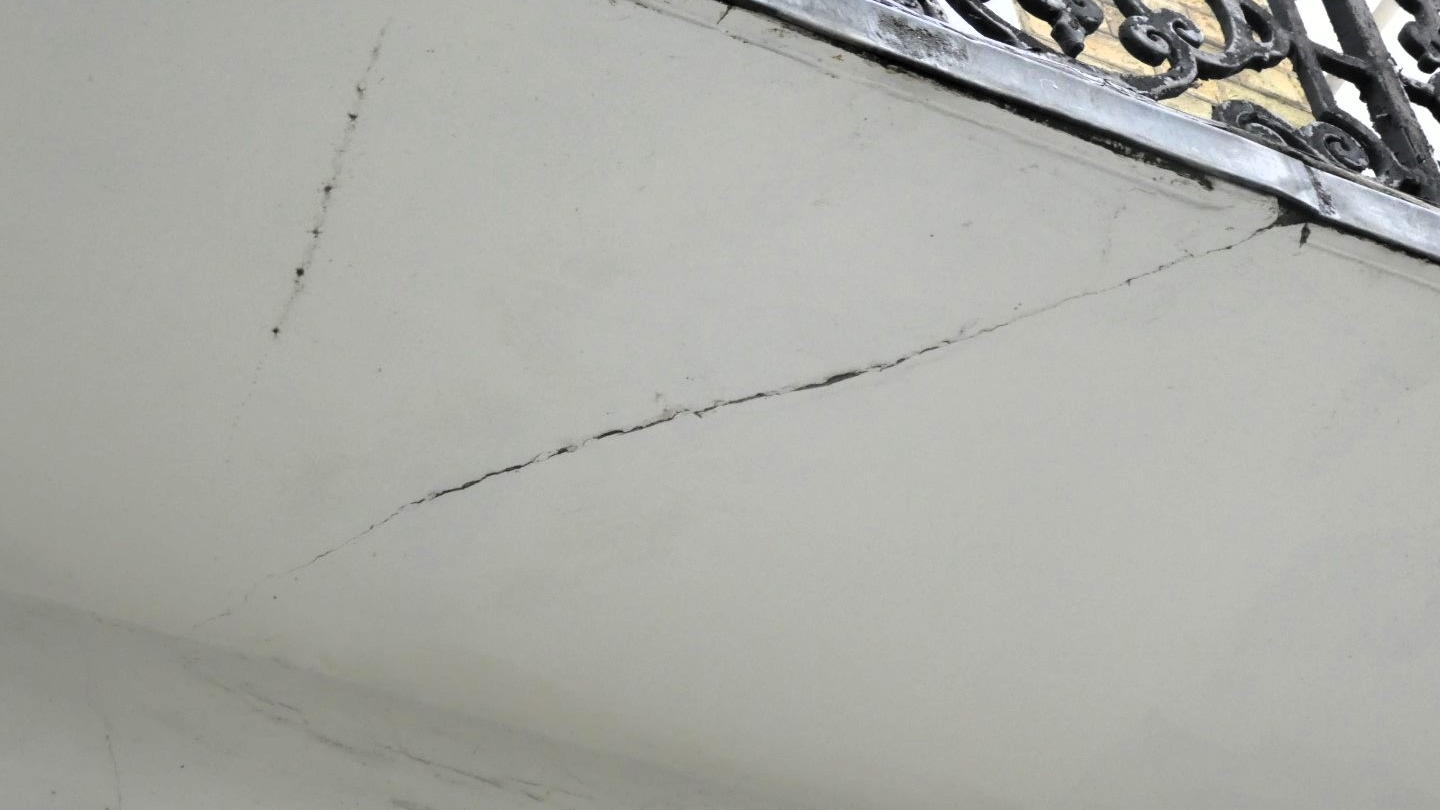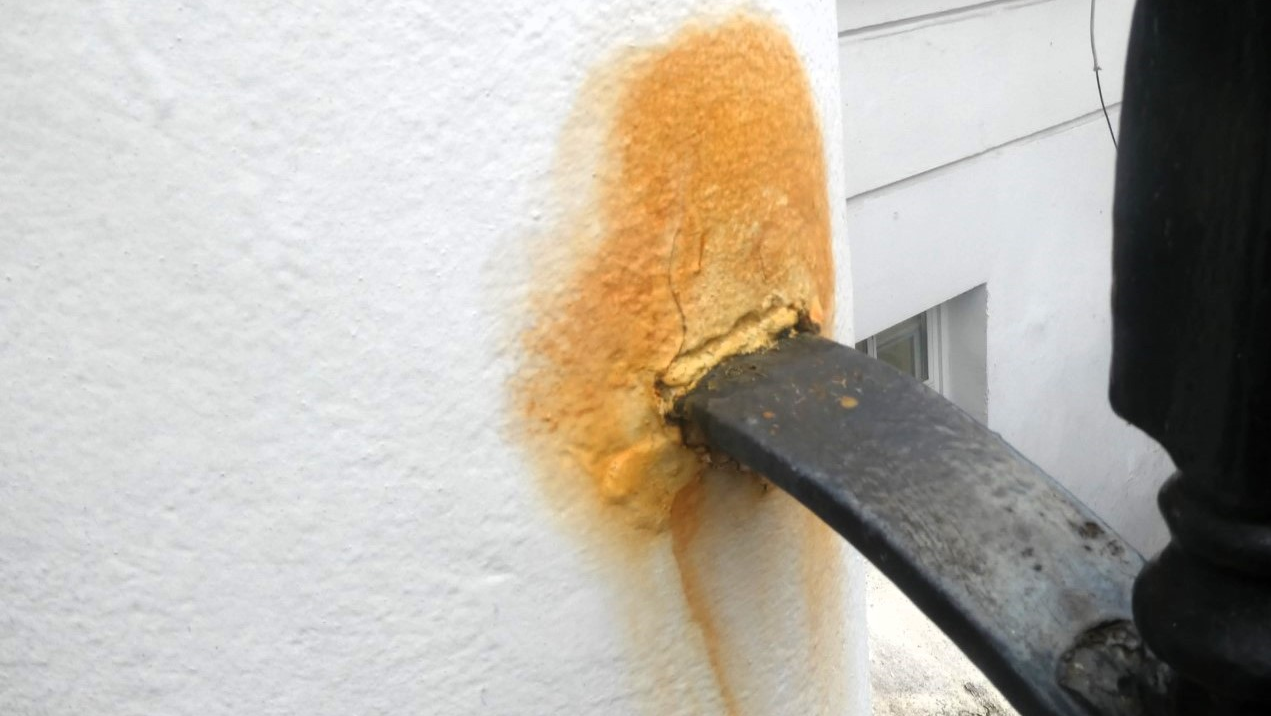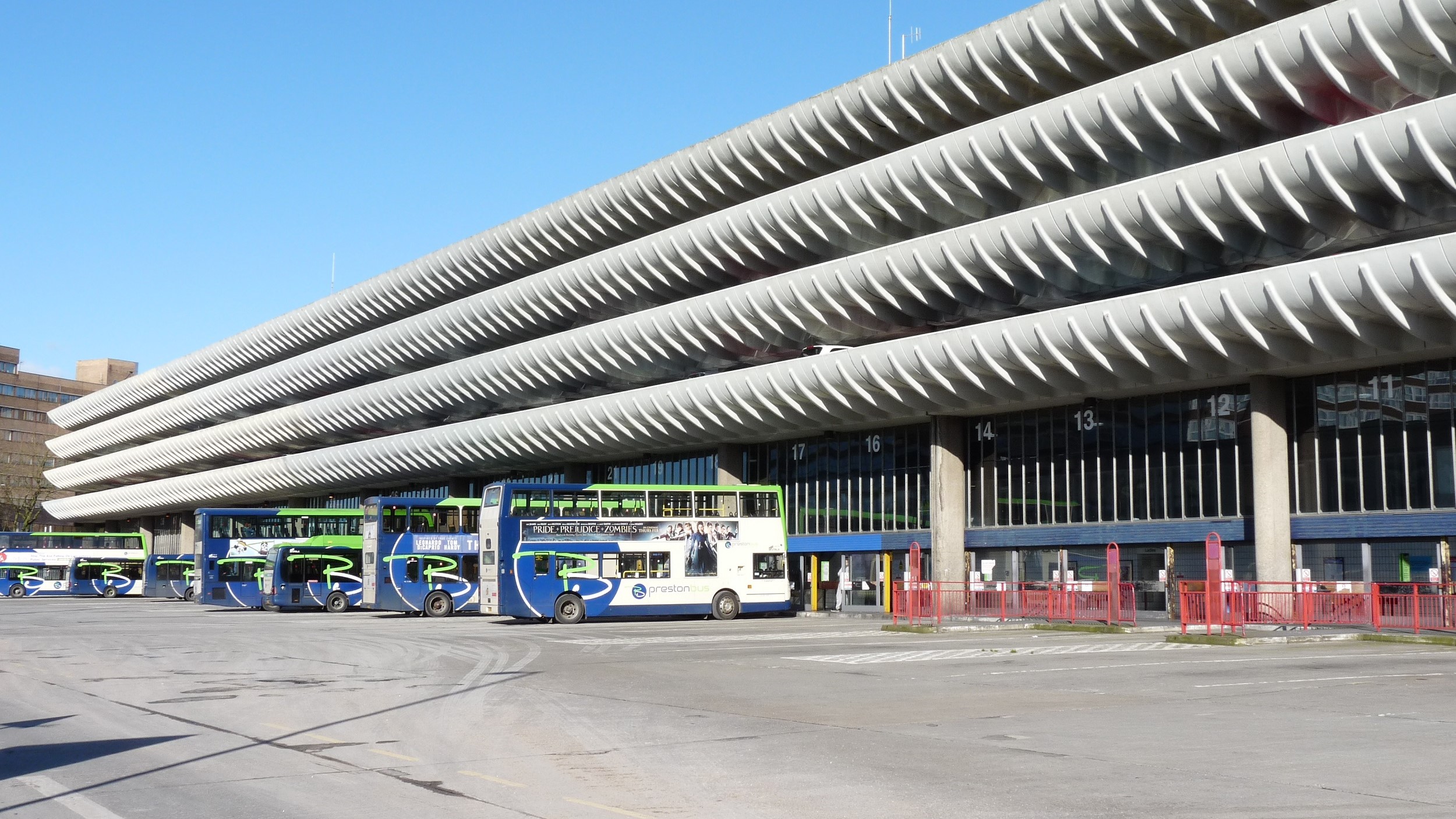
Period balconies are ubiquitous in English cities that have retained their Georgian and Victorian townhouses: a walk around central London, Bristol, Leamington Spa, Cheltenham, Liverpool or Bath for instance will reveal numerous examples.
However, Collaborative Reporting for Safer Structures UK (CROSS-UK) has investigated several failures of historic stone balconies in the past few years, suggesting these structures pose a significant safety risk to occupiers, neighbours and even passers-by.
It is therefore imperative that surveyors understand the risks, know what to look for and advise building owners appropriately, referring them to more specialist services when required.
Age, use and structure contribute to collapse
Although such balconies were designed to be purely decorative, many occupiers put the structures at risk by standing on them, or using them to store objects such as benches, tables, planters and even children's toys.
Furthermore, the age of the structures means that they have in all likelihood exceeded their expected lifespan. Accordingly, many are damaged and have deteriorated over the centuries.
Meanwhile, given their cantilevered structure, there is no redundancy in terms of support – any failure will result in the whole structure collapsing. Because of this there is very little warning beforehand, posing a significant danger to anyone using the balconies or passing underneath.
The seriousness of these issues is well illustrated by the sudden collapse of an 1850s stone balcony reported by CROSS-UK last May.
Unfortunately, this is far from being an isolated case, and a similar balcony failure was reported in December 2021. In our work at Allcott Commercial we have also come across numerous cases of balconies with significant deterioration, putting them at high risk of failure.
Surveyors therefore need to consider the following points during their inspections.
Surveyors should be alert to damage and risks
Signs that a balcony has deteriorated include cracking and degradation of the stone surface. Corrosion to cast-iron elements can also weaken the overall structure.
In addition, surveyors should be aware that any signs of movement in structures below the balcony, such as door archways or window reveals, put the structure of the balcony itself at higher risk of movement and damage.
As with other building elements, water accumulation and vegetation growth are key risk factors for damage to the fabric of a balcony. Water pooling, particularly if it is acidic, can soften stone.
If the water gets into hairline fractures and then freezes, this can also worsen cracking. Plant roots can directly damage masonry, and vegetation can hold moisture against the stone.
A critical factor in the balcony failure reported last year was that it was constructed from materials with varying thermal properties, the stone having been coated with layers of bitumen cement and cement mortar over several decades to level the surface after the original stone surface had deteriorated.
The difference in movement of the cementitious and stone materials as the balcony cooled and warmed over the years is likely to have caused stress fractures, weakening the stone and leading to its eventual collapse.
We have also seen cement used to replace lead connections between iron railings or balustrades. Again, differences in thermal expansion between the mortar and stone can then lead to cracking and structural instability.
Even paint cover on the balconies presents a risk because it prevents the stone underneath drying out, and can therefore increase frost damage in freezing conditions.
'A critical factor in the balcony failure was that it was constructed from materials with varying thermal properties’
Specialist investigation may be required
If damage is identified, a surveyor normally instructs a competent professional, such as a structural engineer with expertise in balconies, to carry out intrusive investigations.
These could include opening up at critical areas, such as the junctions between the balcony and the wall, and of course at any points of cracking. Critically, any opening up must be repaired immediately after the investigation, to a good standard and by a competent contractor to prevent it causing further damage. Carbonation and chloride testing will also help understand the extent of the deterioration.
A common issue with balconies that have been retrospectively covered with cementitious material or paint is that any cracks to the stone are obscured, and so the structural condition is difficult to determine.
In such cases, surveyors need to exercise their professional judgement to determine whether these works are likely to have been performed to cover cracking and deterioration. Looking at the condition of the rest of that building can offer some insight.
Similarly, looking at the condition of uncovered balconies on neighbouring properties can give clues as to the state of the stonework in the subject property, assuming these balconies are of similar construction.
If there is deemed to be a risk of damage to the stone underneath the retrospectively applied materials, surveyors should recommend further investigations as described above.
They may also wish to recommend an eye-level view from an access platform if their inspection has been limited by inadequate line of site as when, for example, they have been unable to get a clear view from within the property.

Diagonal cracking © Allcott Associates

Corrosion and rust staining at the steel–wall junction © Allcott Associates
Owner care should be advised in all cases
Assuming an inspection has not found any indication of damage or deterioration and no immediate action needs to be taken, there are still several points that property owners should be made aware of.
If the building and balcony appear to be in a good state of repair, the most appropriate course of action is likely to be explaining the overall risk and recommending close monitoring and careful maintenance.
Owners should be advised to look out for water accumulation; leakage at the point where the balcony joins the building would also indicate damage, as would any cracking or fragmenting of the masonry. They should arrange prompt professional investigation if anything concerning is observed.
Surveyors should also provide advice on the appropriate use of the balcony. Many owners will be unaware that these structures were designed to be decorative and often have no idea that they should not have additional loads imposed – particularly if neighbours are using theirs to store items.
Repair may entail consent and interim works
Repair, if appropriate, can include pinning stone sections together using stainless steel rods or lateral restraints. In other circumstances, replacing the stone may be the best course of action.
Works to other areas of the building might also be needed if movement has been identified, to mitigate rotational movement to the balcony structure.
If repairs are required, it is also important to consider that many properties with such balconies are listed – and approvals for listed building consent work, for example, may take time.
Surveyors might therefore need to advise on temporary measures to make structures safe in the meantime, such as installing nets where there is a risk of falling masonry, or temporary propping if there is a risk of imminent collapse.
Awareness can help save properties and lives
The abundance of stone balconies means that most surveyors are likely to come across them at some point. As with RAAC and woodwool slabs, the presence of a balcony of this kind should prompt a surveyor to consider the risk of sudden collapse.
They must ensure a close investigation, and work through potential hazards and scenarios to determine the level of risk in each individual case. Clear, informed and accurate advice to property owners may not only preserve buildings but also save lives.
Timothy Allcott MRICS is a partner at Allcott Commercial
Contact Timothy: Email | Linkedin
Related competencies include: Building pathology, Conservation and restoration, Inspection

